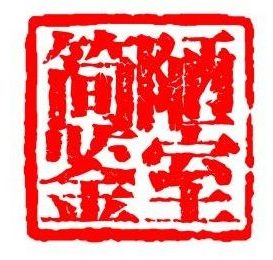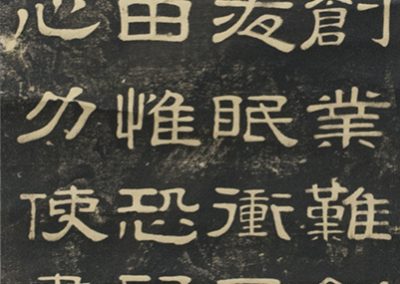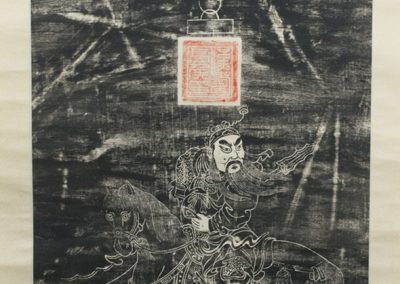Calligraphy
From the Shang Dynasty (1600 – 1046 BCE) to the present day, calligraphy has played a prominent role in Chinese culture. The main five scripts are seal script 篆書, cursive or “grass” script 草書, semi-cursive or “running” script 行書, clerical script 隷書, and regular script 楷書. Each script evokes emotions, whether the lyrical writing of poetry or the official recordings of historical events. The pieces of calligraphy within this gallery are examples of the various types of calligraphic script. Regular script is the most commonly used, providing a balance between each character. The cursive scripts have brushstrokes that leave the paper less often than regular script, creating a flow throughout each character and more wild emotion within the abstract elements. Clerical script is an older form of Chinese calligraphy, with wider and bolder characters. In modern times, it is used for decoration. Seal script is the oldest script – in use since the Qin Dynasty (221 – 206 BCE).The term ‘seal’ is used to denote its common use for the engraved text seen on seals, and can be seen in this exhibition after a signature in the paintings and calligraphic works. It is associated with carved seal stones. Today most Chinese people cannot read seal script, but it continues to enjoy popularity both in the ongoing tradition of seal carving as well as within the contemporary Chinese art world.
If you would like to listen rather than read, please click below.


